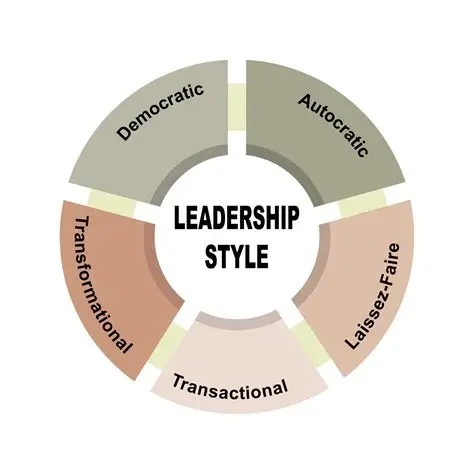How Would You Describe Your Management or Leadership Style?

One of the most common and insightful questions in leadership and management discussions is: “How would you describe your leadership style?” This question goes beyond job titles and speaks directly to how a leader motivates, communicates, delegates, and influences their team. The answer not only reveals a leader's strengths and self-awareness but also how they fit into a company’s culture and objectives.
What Is a Leadership Style?
Leadership style refers to the approach a leader takes to guide, support, and influence their team. It encompasses how decisions are made, how conflict is handled, how feedback is given, and how success is achieved.
There is no “one-size-fits-all” leadership style—effective leaders adapt their approach based on the team, goals, and context.
Common Leadership Styles
-
Autocratic Leadership
Decision-making is centralized. The leader gives instructions and expects compliance. It works in crisis situations but can stifle creativity. -
Democratic or Participative Leadership
Decisions are made collectively. Leaders value team input and foster collaboration. -
Transformational Leadership
Focused on inspiring and motivating the team to achieve long-term vision and innovation. -
Transactional Leadership
Based on performance and reward. Works well for structured tasks and measurable outcomes. -
Laissez-Faire Leadership
Hands-off approach, giving the team autonomy. Ideal for highly skilled and self-motivated individuals. -
Servant Leadership
Leaders prioritize the needs of their team, focusing on support, empathy, and empowerment.
How to Define Your Leadership Style
To describe your leadership style accurately:
-
Reflect on your strengths: Are you good at motivating people, building consensus, or driving execution?
-
Consider past feedback: What have team members or peers appreciated about your approach?
-
Think about your default behavior: How do you handle conflict? How do you make decisions under pressure?
-
Adaptability: Do you modify your style based on team dynamics or project goals?
Example response:
“I would describe my leadership style as participative with a strong focus on empowerment. I believe in building trust through open communication, encouraging collaboration, and supporting team members in developing their skills. While I value input and team consensus, I also know when to make decisive calls to keep things moving forward.”
The Importance of Leadership Style
-
Team Performance
A good match between leadership style and team needs leads to higher performance, satisfaction, and retention. -
Organizational Culture Fit
Different organizations value different leadership traits—startups may value agility, while corporates may prefer structure. -
Conflict Management
Leadership style influences how conflict is resolved and how feedback is delivered. -
Adaptability
Modern leaders must evolve based on remote work, cross-cultural teams, and changing markets.
Can Leadership Style Evolve?
Yes. Great leaders evolve based on feedback, team dynamics, and organizational changes. Leadership development, coaching, and self-awareness all contribute to growth in leadership capability.
Conclusion
Being able to articulate and adapt your leadership style is a sign of emotional intelligence and professional maturity. Whether you're guiding a team through change, scaling a business, or resolving conflict, the way you lead will ultimately define your impact.
- Arts
- Business
- Computers
- Spellen
- Health
- Home
- Kids and Teens
- Money
- News
- Recreation
- Reference
- Regional
- Science
- Shopping
- Society
- Sports
- Бизнес
- Деньги
- Дом
- Досуг
- Здоровье
- Игры
- Искусство
- Источники информации
- Компьютеры
- Наука
- Новости и СМИ
- Общество
- Покупки
- Спорт
- Страны и регионы
- World


